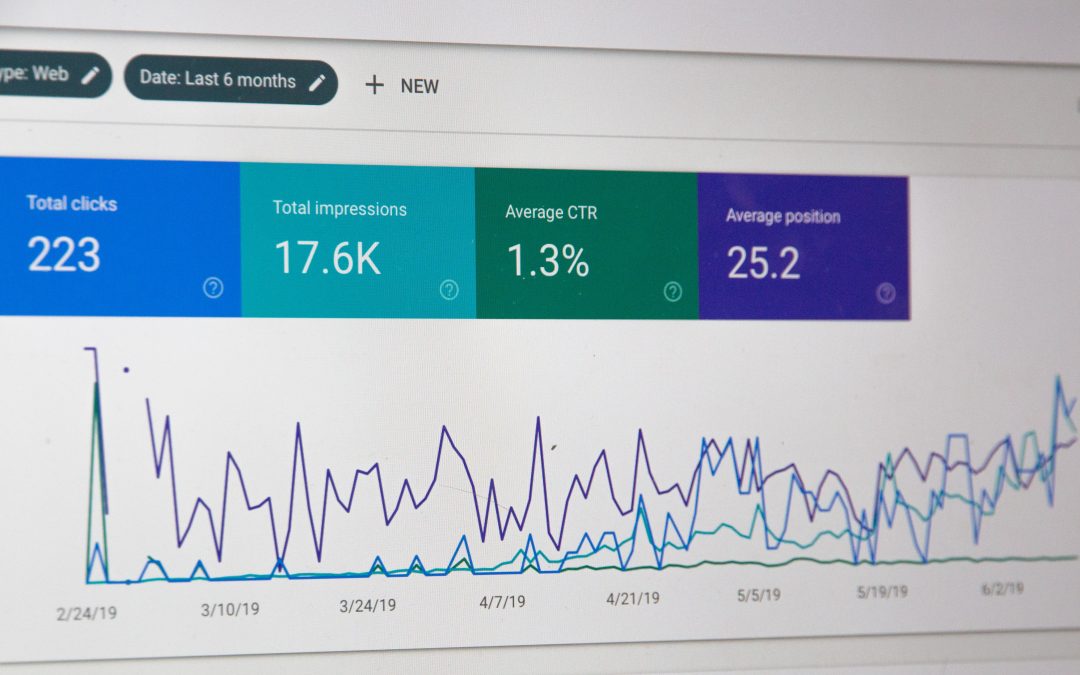When you set up an eCommerce website, you’ll want to manage and monitor your site and product activity. Google Analytics offers eCommerce tracking reports that give insight into how your online shop is performing with data on product transactions, average order value, purchase conversion rate, and other useful reports.
These reports provide valuable information in helping to understand your customers better; identifying when they are making purchases, singling out your most popular products, and average purchase amount per session. All of this information can help inform your eCommerce content strategy.
To view eCommerce data in Google Analytics you’ll first need to:
- Enable ecommerce in your Google reports
- Add code to your site or app to collect ecommerce data
Google provides an easy-to-follow setup guide to implement eCommerce tracking in your reports.
So what exactly do these reports include?
- Overview: This is a summary of your total Revenue, Ecommerce Conversion Rate, Transactions, Average Order Value, and other metrics.
- Product Performance: Product performance tells you the performance of each product by item level giving you access to Revenue, Purchases, Quantity, Average Price, and Average QTY by SKU and Category.
- Sales Performance: Gives you an overall total of Revenue by Date.
- Transactions: Revenue, Tax, Shipping, and Quantity by Transaction ID
- Time to Purchase: Days to Transactions and Sessions to Transactions
All of this information can be used and interpreted to reassess your marketing plan or implement new strategies to increase sales, session times, and average price. If you notice that your average revenue per transaction, for example, is not where you want it to be, this might be a good indicator to push a bundle promotion or offer free shipping for orders that hit a particular spend amount. If users are spending a lot of time on your page before making a purchase or returning to the page several times before purchasing, you may want to improve UX design that leads customers to the sales page faster or offer an interface that lets visitors compare competitors’ products and prices.
The next step after setting up eCommerce Google Analytics tracking reports for your business is to weed out the numbers and set up custom reports that will filter through the noise. Come back next week to see our list of custom Ecommerce reports you’ll want to set up for your business.

